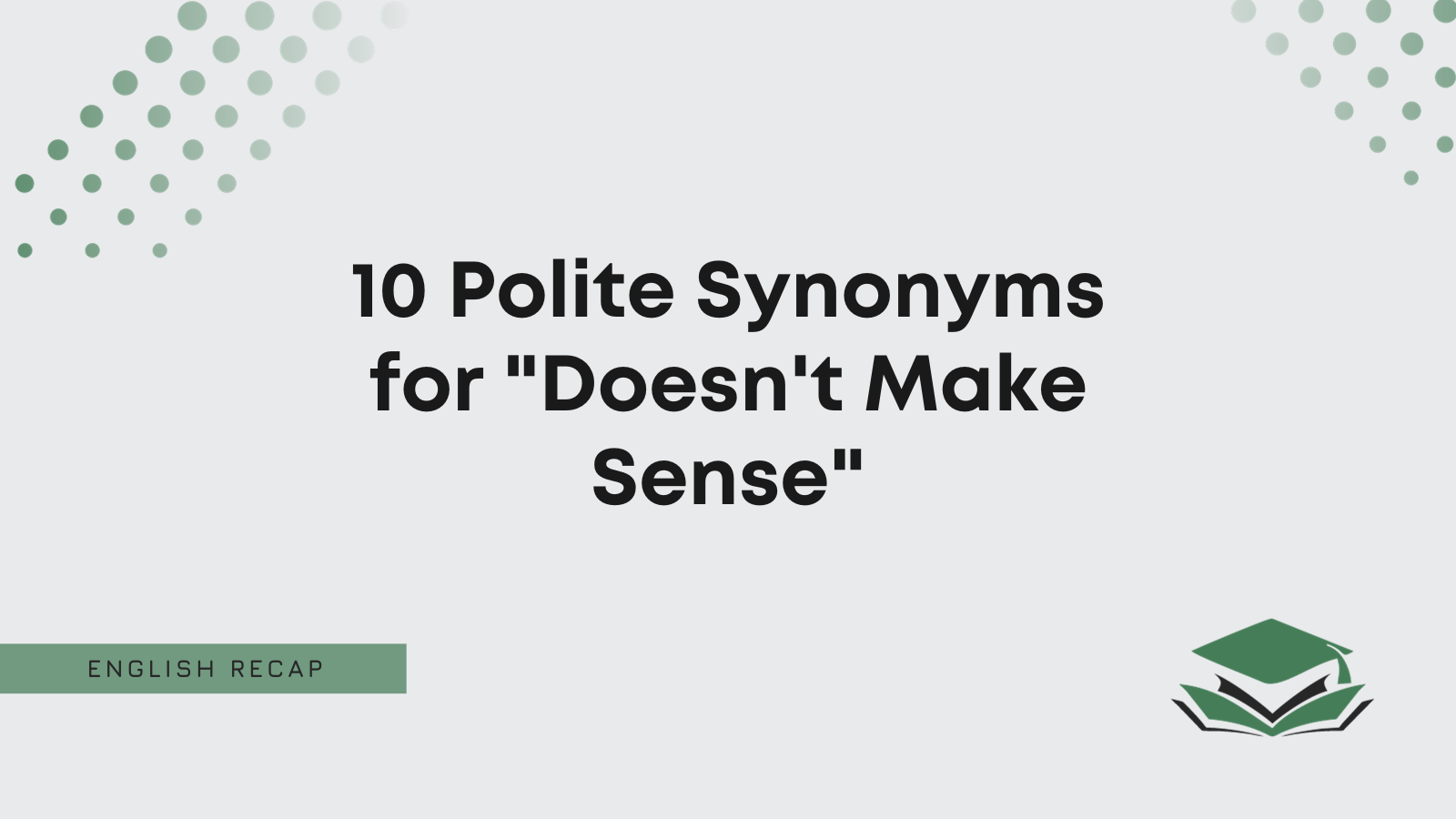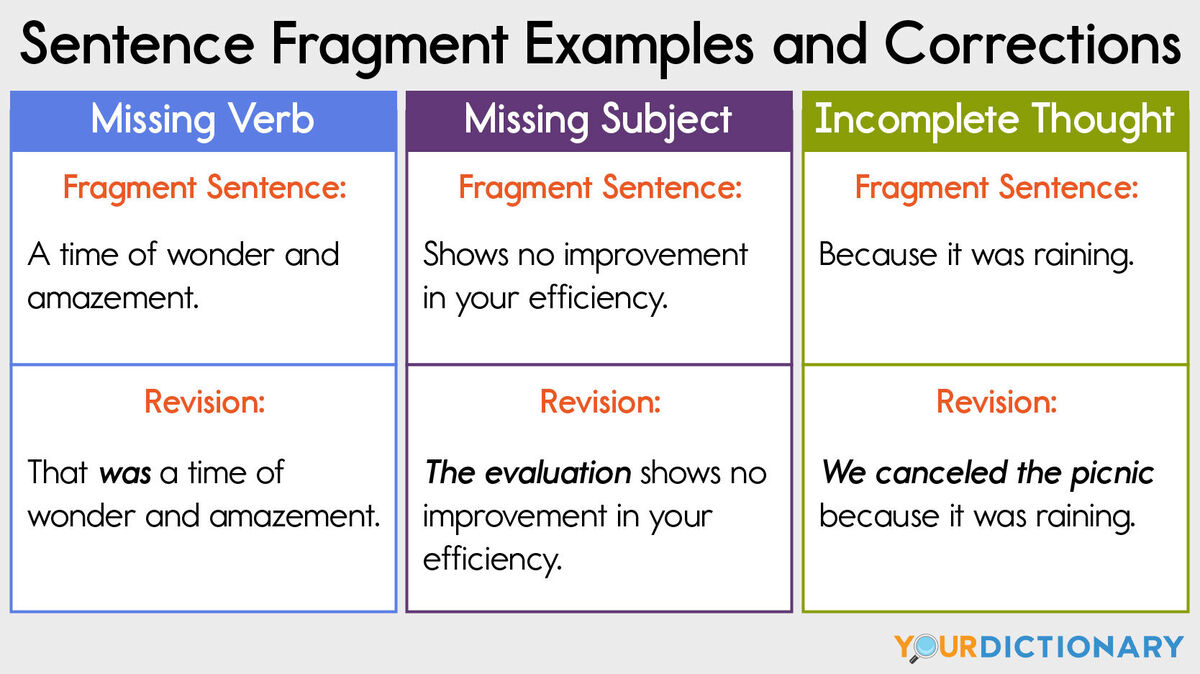Who is most vulnerable to COVID-19?: Who Covid 19

While COVID-19 can affect anyone, certain groups are at a higher risk of experiencing severe illness, hospitalization, and even death. Understanding these vulnerabilities is crucial for implementing targeted interventions and protecting the most susceptible populations.
Factors Contributing to Vulnerability
The susceptibility to severe COVID-19 is influenced by a complex interplay of factors, including age, underlying health conditions, socioeconomic status, and access to healthcare.
- Age: Older adults, particularly those aged 65 and above, are at a significantly higher risk of severe COVID-19. This is due to age-related decline in immune function, increased prevalence of underlying health conditions, and reduced physiological reserve.
- Underlying Health Conditions: Individuals with pre-existing medical conditions, such as heart disease, diabetes, chronic lung diseases, kidney disease, and cancer, are more likely to experience severe COVID-19. These conditions compromise the immune system and make it harder for the body to fight off the virus.
- Socioeconomic Factors: Socioeconomic factors play a crucial role in shaping vulnerability to COVID-19. Individuals living in poverty, with limited access to healthcare, and residing in crowded living conditions are more susceptible to infection and severe outcomes.
Impact of COVID-19 on Different Age Groups
The impact of COVID-19 varies significantly across age groups, with older adults facing the highest risk of severe illness and mortality.
- Older Adults: Individuals aged 65 and above are disproportionately affected by COVID-19, accounting for a significant majority of hospitalizations and deaths. Their weakened immune systems, pre-existing health conditions, and reduced physiological reserve make them highly vulnerable.
- Children and Adolescents: While children are generally less susceptible to severe COVID-19, they are not immune. Some children, especially those with underlying health conditions, may experience severe illness.
Underlying Health Conditions Exacerbating COVID-19 Risks
Certain underlying health conditions significantly increase the risk of severe COVID-19.
- Cardiovascular Disease: Individuals with heart disease, stroke, and high blood pressure are at higher risk of severe COVID-19, as the virus can exacerbate existing cardiovascular issues.
- Diabetes: Diabetes weakens the immune system and increases the risk of complications from COVID-19, including pneumonia and sepsis.
- Chronic Lung Diseases: Individuals with asthma, chronic obstructive pulmonary disease (COPD), and other lung conditions are more susceptible to severe COVID-19, as the virus can worsen existing lung damage.
- Kidney Disease: Kidney disease weakens the immune system and increases the risk of complications from COVID-19, including kidney failure.
- Cancer: Cancer treatment often weakens the immune system, making individuals more vulnerable to severe COVID-19.
Socioeconomic Factors Shaping Vulnerability, Who covid 19
Socioeconomic factors play a significant role in shaping vulnerability to COVID-19.
- Poverty: Individuals living in poverty are more likely to have limited access to healthcare, healthy food, and safe housing, increasing their risk of infection and severe outcomes.
- Limited Access to Healthcare: Lack of access to healthcare services, including testing, treatment, and vaccination, can exacerbate the impact of COVID-19, particularly in underserved communities.
- Crowded Living Conditions: Individuals living in crowded housing conditions are more likely to be exposed to the virus and experience transmission within their households.
Who is responsible for the spread of COVID-19?

The responsibility for the spread of COVID-19 is shared among individuals, businesses, and governments. While the virus itself is the primary cause, human actions and inaction play a significant role in its transmission.
Individuals’ Contribution to Transmission
Individuals contribute to the spread of COVID-19 through various behaviors, including:
- Not wearing masks in public places: Masks are effective in reducing the spread of respiratory droplets, which carry the virus.
- Failing to maintain physical distancing: Staying at least 6 feet away from others helps minimize the risk of close contact and virus transmission.
- Attending large gatherings: Crowded events increase the chances of close contact and the spread of the virus.
- Ignoring symptoms and not seeking testing: Individuals with COVID-19 symptoms should isolate themselves and get tested to prevent further transmission.
- Engaging in risky behaviors like travel to high-risk areas: Traveling to regions with high COVID-19 prevalence increases the risk of contracting and spreading the virus.
Government Policies and Public Health Measures
Government policies and public health measures are crucial in controlling the spread of COVID-19. These measures include:
- Implementing lockdowns and social distancing guidelines: Restricting movement and gatherings can effectively slow down the virus’s spread.
- Mandating mask-wearing in public places: Enforcing mask mandates can significantly reduce the transmission of respiratory droplets.
- Providing widespread testing and contact tracing: Identifying infected individuals and their contacts helps contain outbreaks.
- Promoting vaccination and booster shots: Vaccination is a vital tool in reducing the severity of illness and preventing transmission.
- Implementing travel restrictions and quarantine measures: Limiting travel from high-risk areas and requiring quarantine for travelers can help prevent the virus’s importation.
Misinformation and its Impact on Public Health
Misinformation about COVID-19 has spread rapidly, contributing to vaccine hesitancy, distrust in public health measures, and the adoption of ineffective or harmful practices.
- Social media platforms: Social media has become a breeding ground for misinformation, with unverified claims and conspiracy theories gaining traction.
- Political rhetoric: Politicians have sometimes downplayed the severity of the pandemic or spread misinformation about vaccines, leading to public confusion and distrust.
- Anti-vaccine groups: Organized groups actively spread misinformation about vaccines, often using misleading information and fear-mongering tactics.
Responsibilities of Different Stakeholders
The responsibility for mitigating the pandemic is shared among individuals, businesses, and governments.
| Stakeholder | Responsibilities |
|---|---|
| Individuals |
|
| Businesses |
|
| Governments |
|
Who covid 19 – COVID-19, a virus that has profoundly impacted global health and economies, has also exacerbated existing tensions in various regions. The ongoing conflict between Israel and Hamas, for example, has been further complicated by the pandemic’s impact on both sides. The situation highlights the complex interplay between health crises and political conflicts, as seen in the case of the Israel Hamas leaders and their respective responses to the pandemic.
Understanding these complexities is crucial for navigating the multifaceted challenges posed by COVID-19.
COVID-19, a highly contagious respiratory illness caused by the SARS-CoV-2 virus, has had a profound impact on the world, including the state of Minnesota. Governor Minnesota Tim Walz has played a pivotal role in leading the state’s response to the pandemic, implementing public health measures and guiding the economic recovery efforts.
As the virus continues to evolve, the ongoing efforts to combat COVID-19 remain crucial, both in Minnesota and globally.
